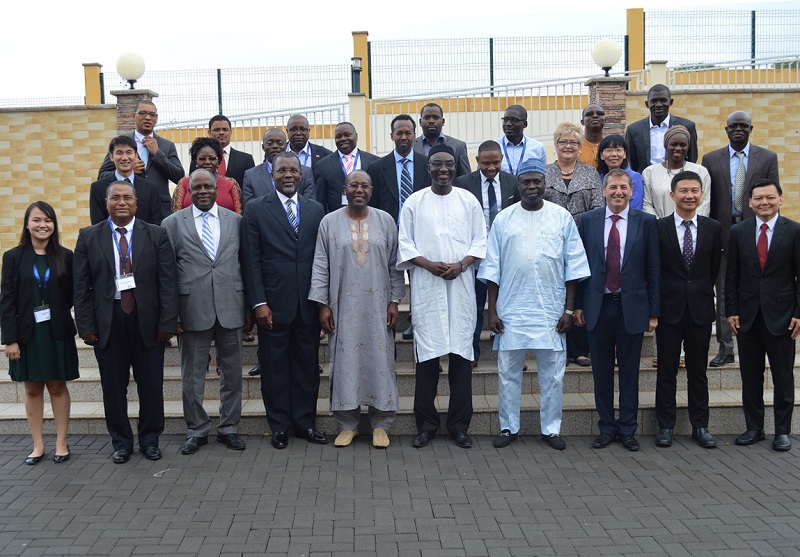
The 5th run of the Directors-General of Civil Aviation (DGCAs) Course on Aviation Safety, held in Cape Verde, was attended by 18 DGs and senior officials from African states.
While it is no secret that air transport will be developing rapidly in the coming years, the growth will be most prominent in Africa, which champions 8 out of 10 of the fastest-growing aviation markets in the world. For Africa, the rapid growth comes with a strong focus and commitment to aviation safety.
The importance of aviation safety was highlighted by Mr Kevin Shum, the Director-General of the Civil Aviation Authority of Singapore, in his opening written speech at the 5th run of the Directors-General of Civil Aviation (DGCAs) Course on Aviation Safety, co-organised by the International Civil Aviation Organization (ICAO) and Singapore Aviation Academy (SAA). “Aviation safety is paramount and a core strategic objective of ICAO and for all of us. I can certainly say, even as the new Director-General of the Civil Aviation Authority of Singapore, the importance of aviation safety is evident in the daily course of work and I have set this as one of my organisation’s key focuses and thrusts,” he wrote.
Aviation safety, however, requires not just national or regional cooperation, but cooperation from the global community as a whole to ensure its continued improvement. The Course on Aviation Safety was organised in this spirit. Held in Praia, Cape Verde from 22 to 23 October 2015, it was attended by 18 DGs and senior officials from 15 African Regions, who were provided with a broad overview of the aviation safety framework that is currently in place. In terms of international aviation safety measures and initiatives, presenters spoke on the role of ICAO and the safety programmes it has in place to ensure global safety standards. This included a set of Standards, Recommended Practices and Procedures, which are developed by ICAO to guide civil aviation organisations around the world on ensuring safety in their own states. Bringing it down to the national level, participants were brought through the principles and concepts involved in implementing a robust and efficient national aviation safety framework, for example in areas of licensing and surveillance, and analysis of safety data. Participants were able to see how the international frameworks would translate into the day-to-day work by their individual states.
Wrapping up the Course was a panel discussion titled “Leading in a Dynamic and Challenging Aviation Environment”, helmed by Mr Yap Ong Heng, Senior Advisor, MOT, and Ms Nancy Graham, Former Director of ICAO’s Air Navigation Bureau. The session allowed for an open conversation between the facilitators and participants, on challenges facing DGCAs today. Specific to aviation safety issues, participants shared their experiences on how they have dealt with such issues, and ideas on how to manage current or future safety issues.
Overall, participants noted that they have come away with a greater understanding of the resources available to them, and the possible action plan they can take in advancing safety in their home states. They appreciated the wide range of topics that were covered, which equipped them with ample knowledge of the aviation safety landscape.
The inaugural ICAO-SAA DGCAs Course on Aviation Safety held its first run in November 2014, hosted by Hong Kong Civil Aviation Department, just ahead of the 51st DGCA Conference held in Hong Kong. The next runs of the course are set to be held in Turkey (5 to 6 May 2016) and Morocco (10 to 11 May 2016).